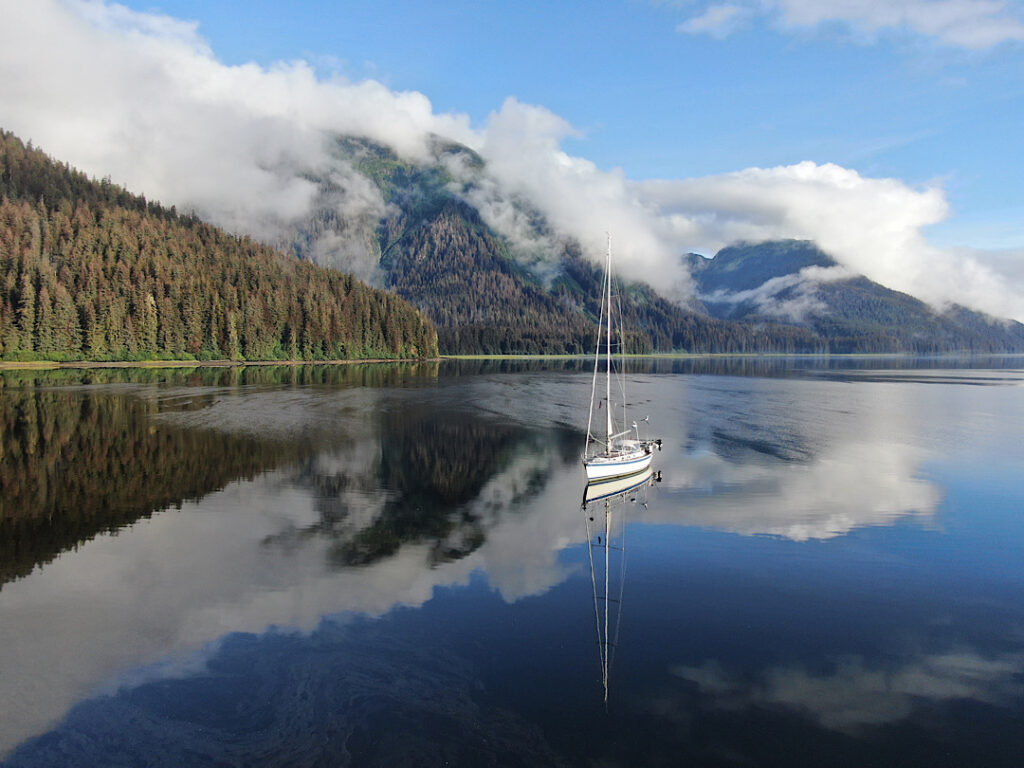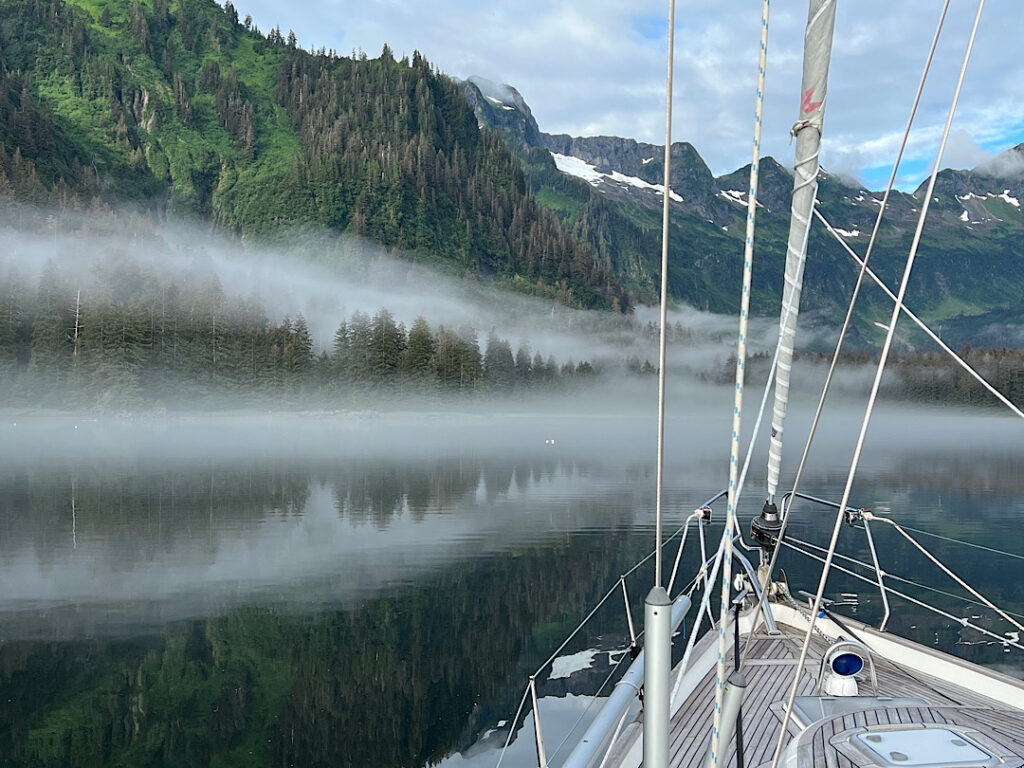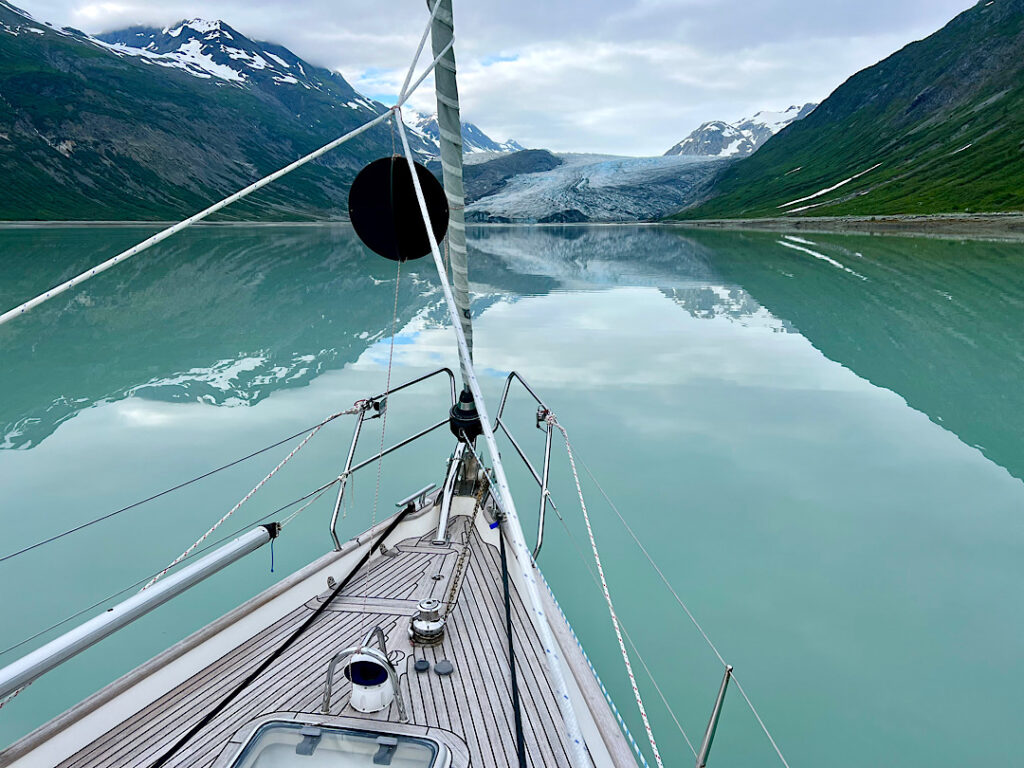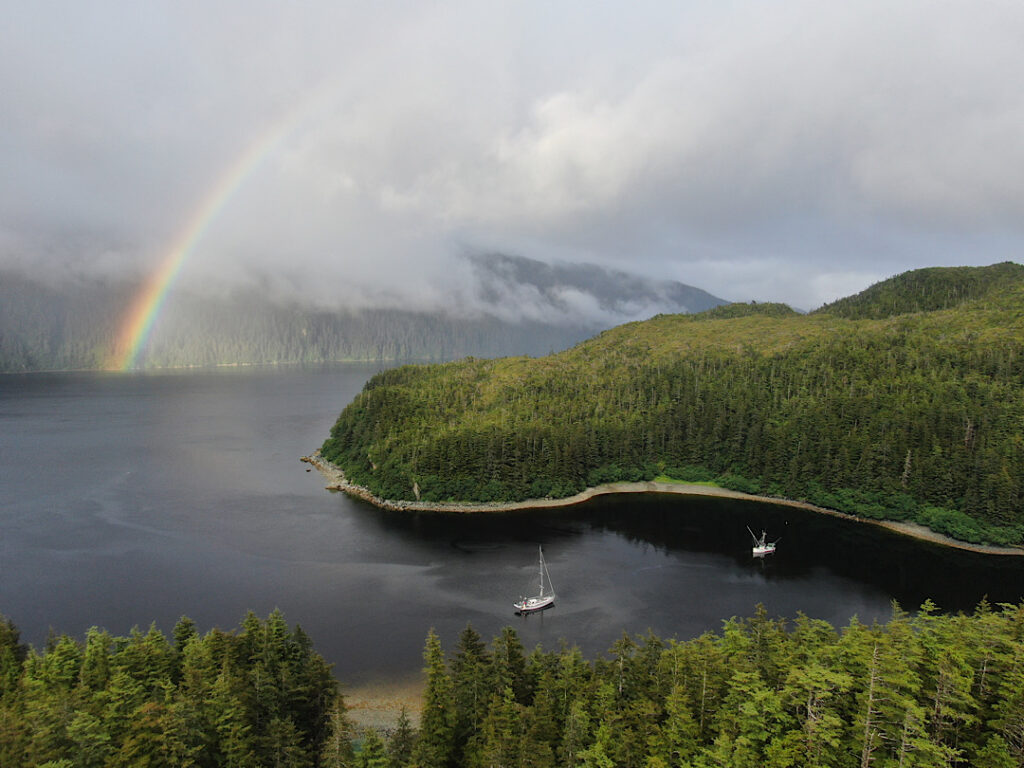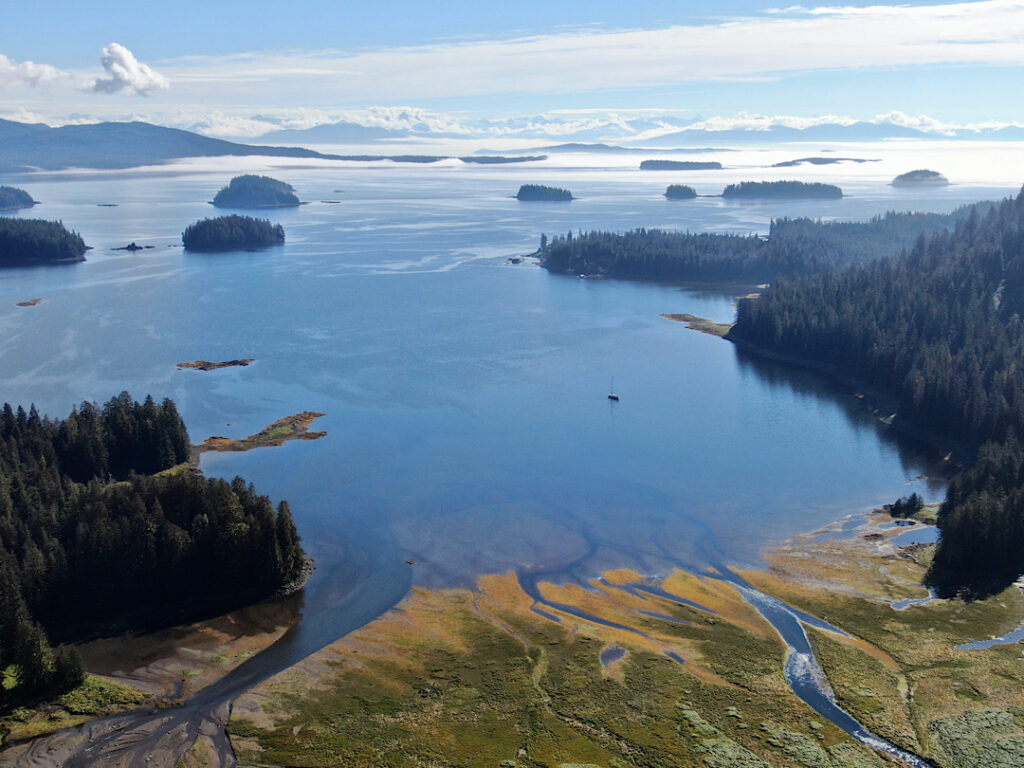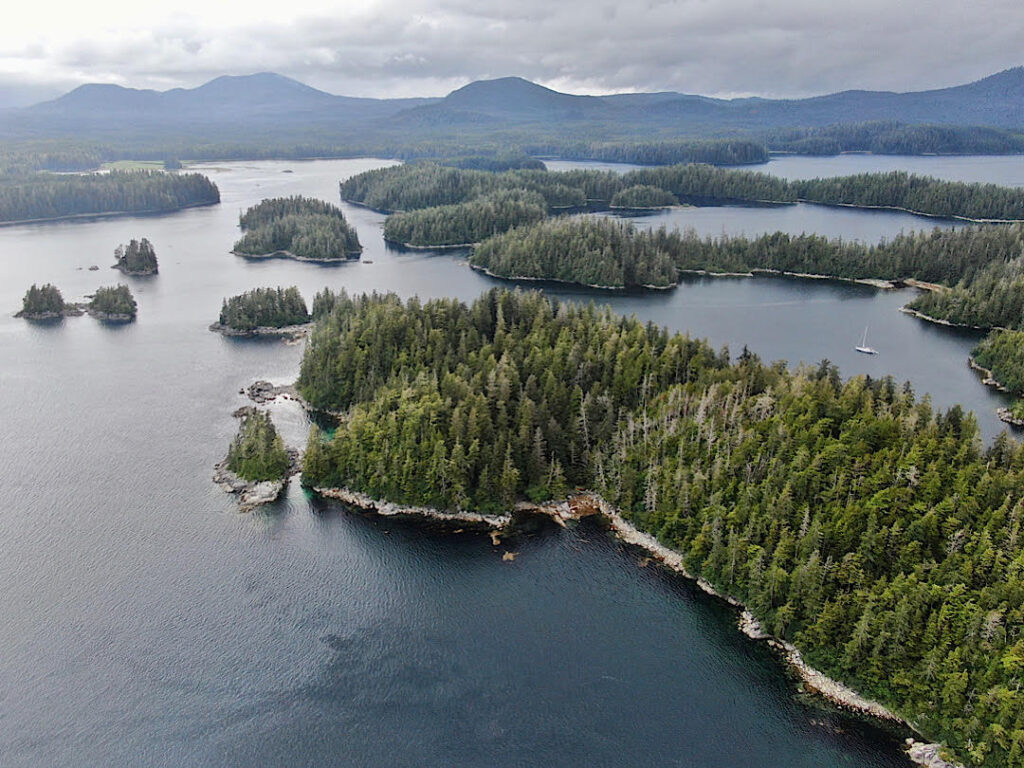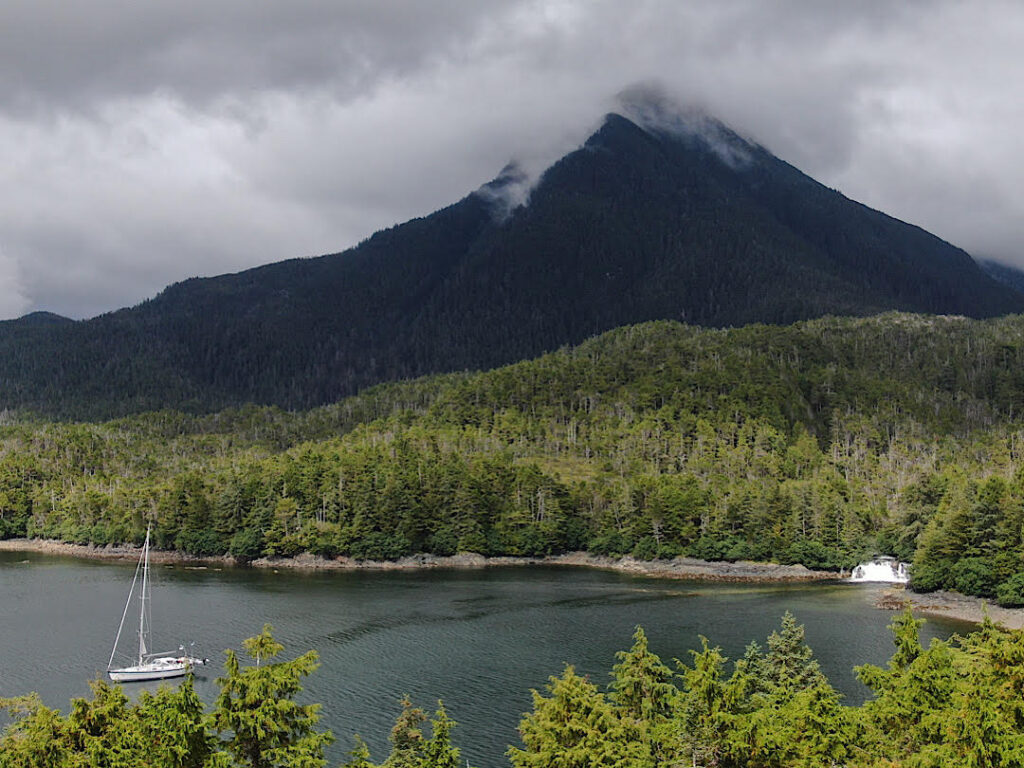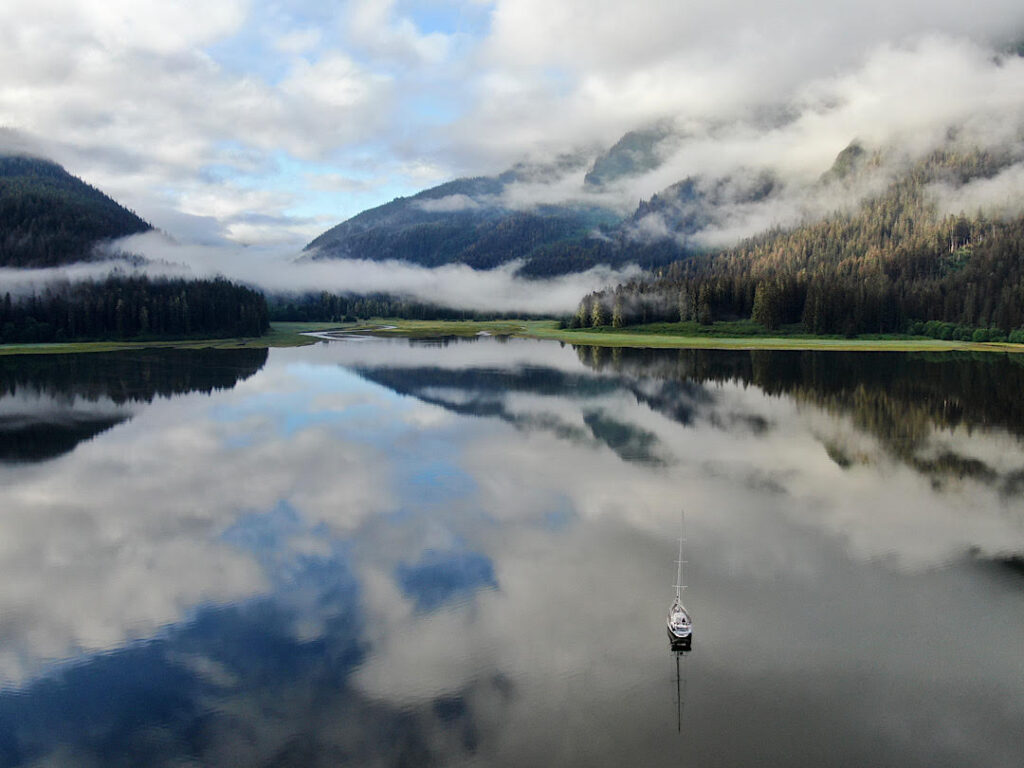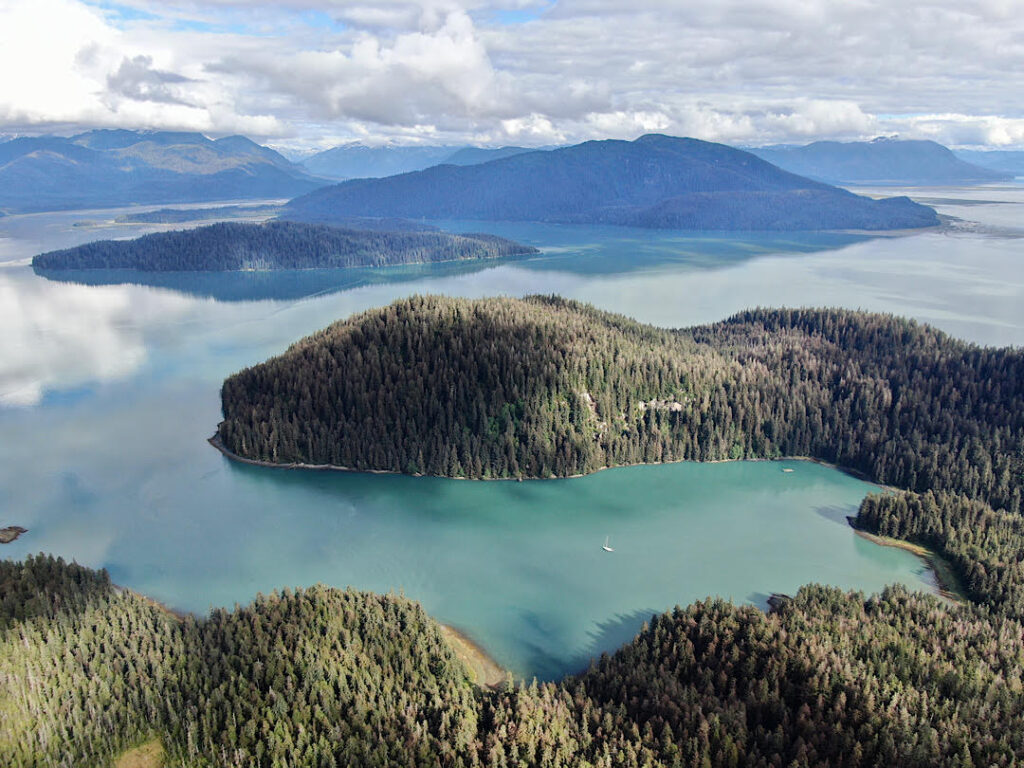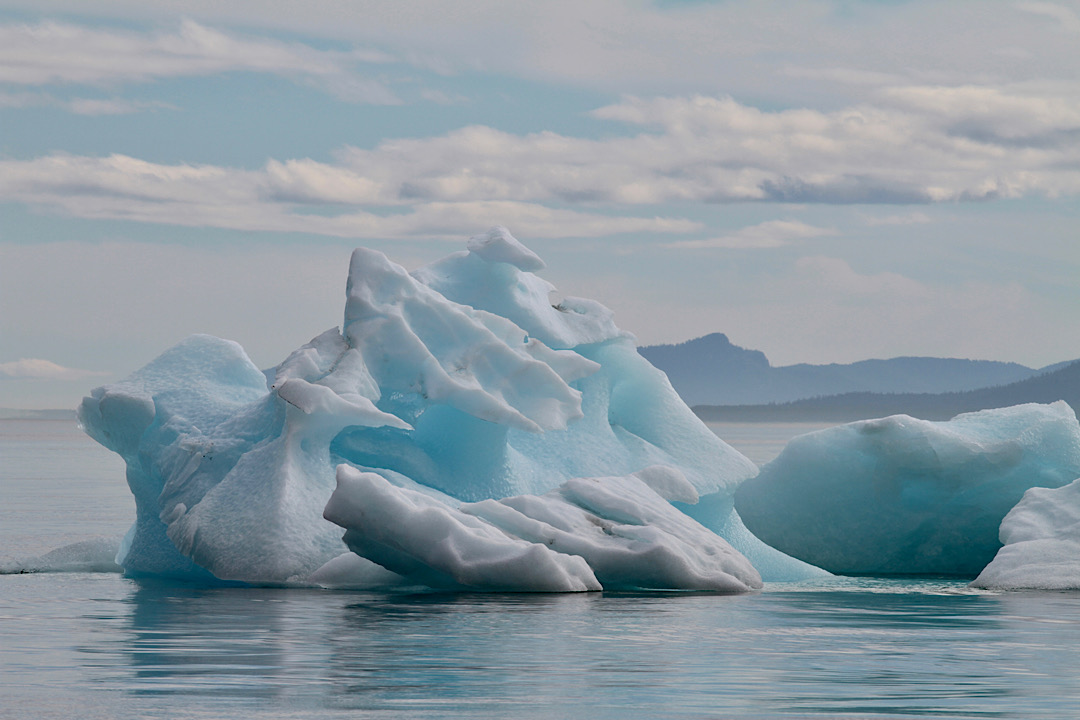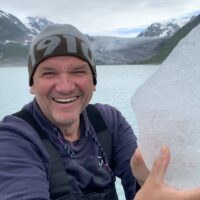Say the word Alaska and images of snow and ice will likely come to mind. However, and perhaps rather surprisingly, Alaska’s south-eastern coast, the so called panhandle, is located at a lower latitude than you might expect. During the summer months, you will have a hard time finding a more beautiful cruising ground which, while remote, remains accessible to well equipped cruising yachts.
There are many places to arrive when heading to South East Alaska. If you arrive in Sitka (like we did after crossing from Hawai’i), you will find yourself at pretty much the same latitude as Loch Ness in Scotland or Skagen in northern Denmark. Be warned though, the lack of a warming Gulf Stream, and the Alpine high mountain range right on the coast, will mean that the climate here will be quite different. Expect average summer temperatures to range between 10 and 16ºC (50-60ºF) and, if you get up close to the glaciers, things will get even more chilly.
What to bring?
When saling in colder climes, warm clothes are essential. In addidion to your sailing oilies, we recommend adding a pair of “Alaskan Flip Flops” to your wardrobe:

These rubber boots are standard footwear over here. Your fancy GORE-TEX marine boots might work, but they tend to cope less well with the muddy trails. And hiking through the beautiful temperate rainforests is something you definitely won’t want to miss (tap the images to see fullscreen):
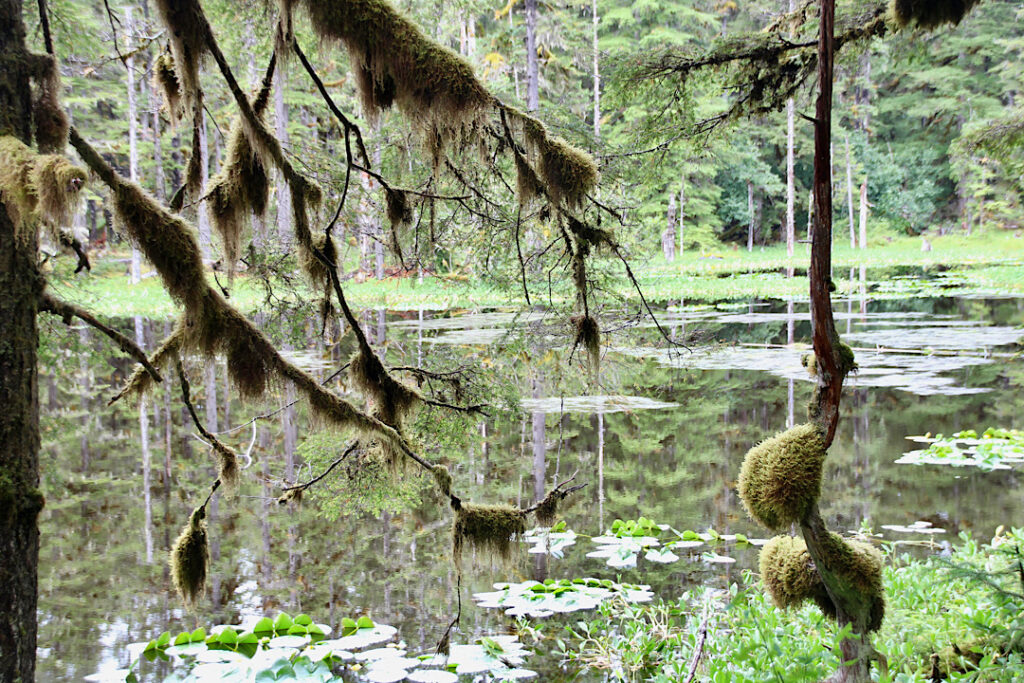
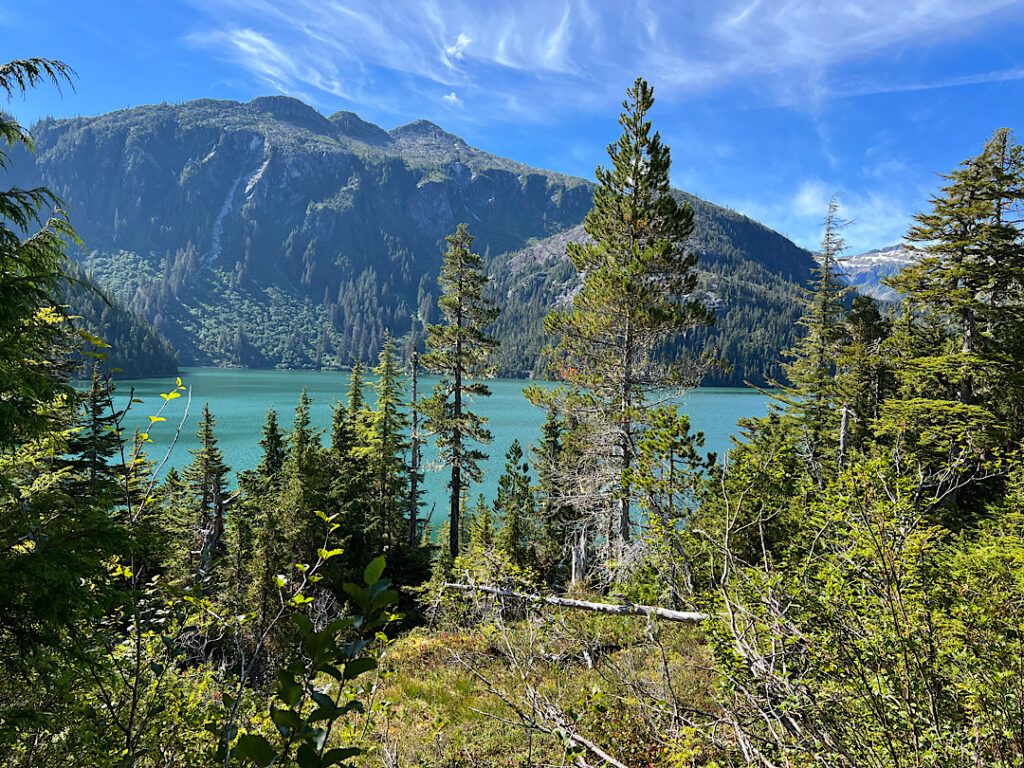
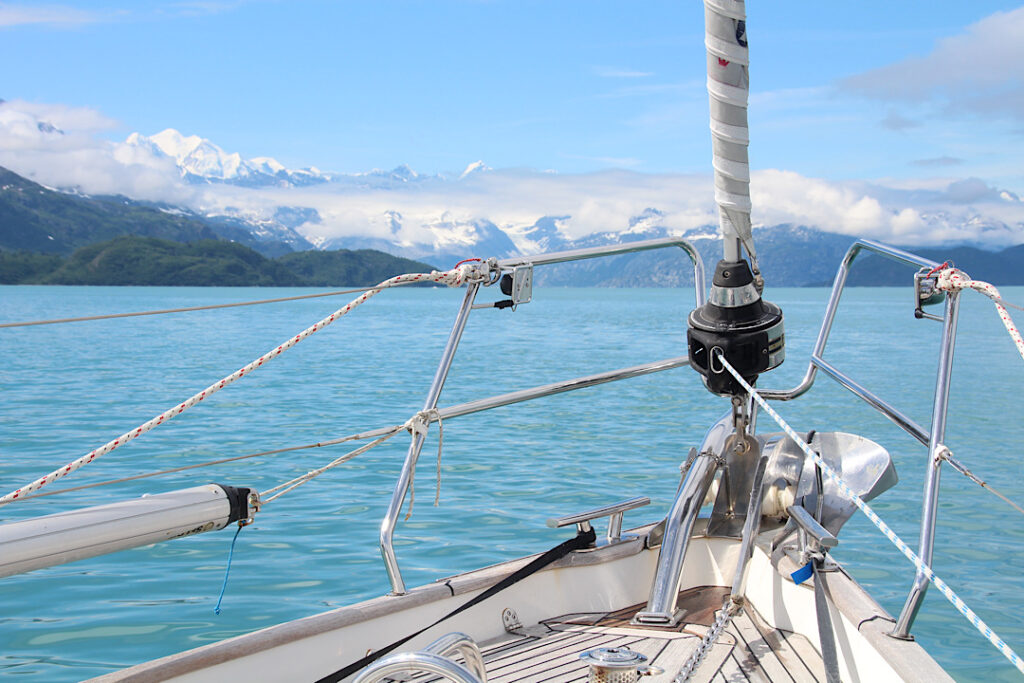
Another essential accessory on theses hikes is bear spray. Although loud and (in our case terrible) singing will usually scare them away too.
You might also want to bring a foldable crab trap. These inexpensive traps can supply you with a regular, if not steady, supply of tasty Dungeness Crabs.
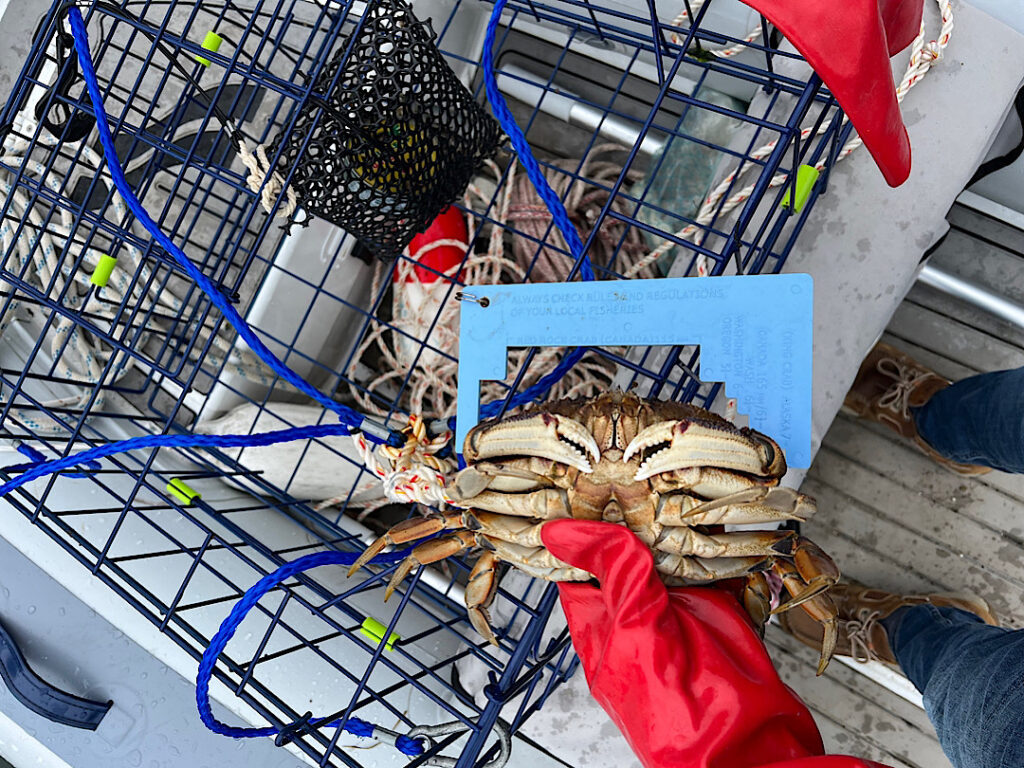
Of course fishing (for salmon, halibut, lingcod and rockfish just to name a few) also helps keep the fridge filled, but remember to get yourself a fishing license first (also valid for crabbing).
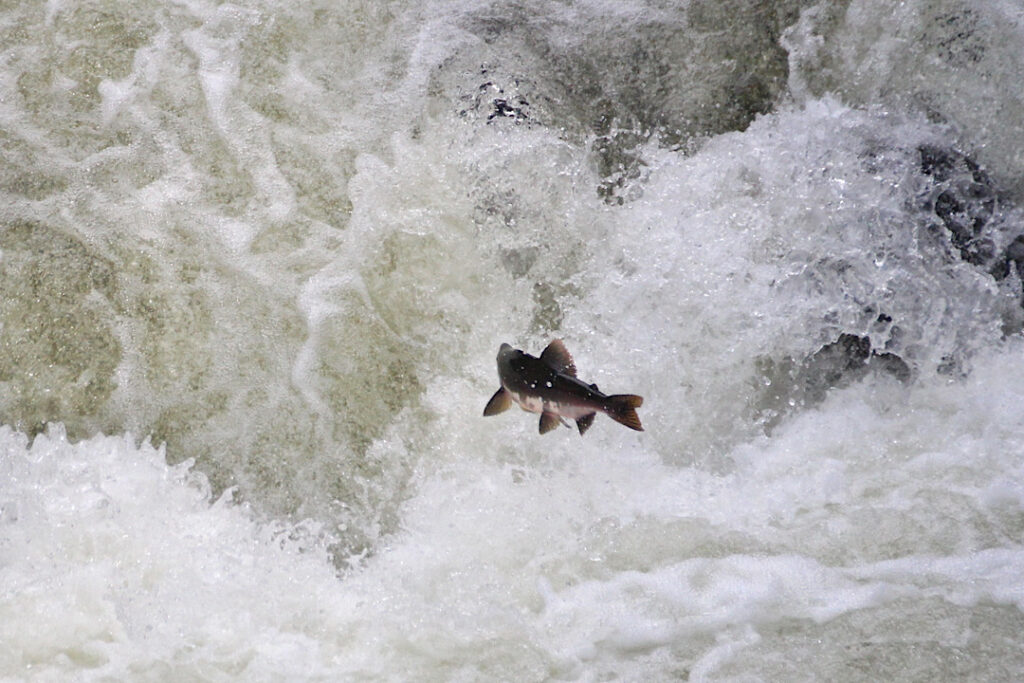
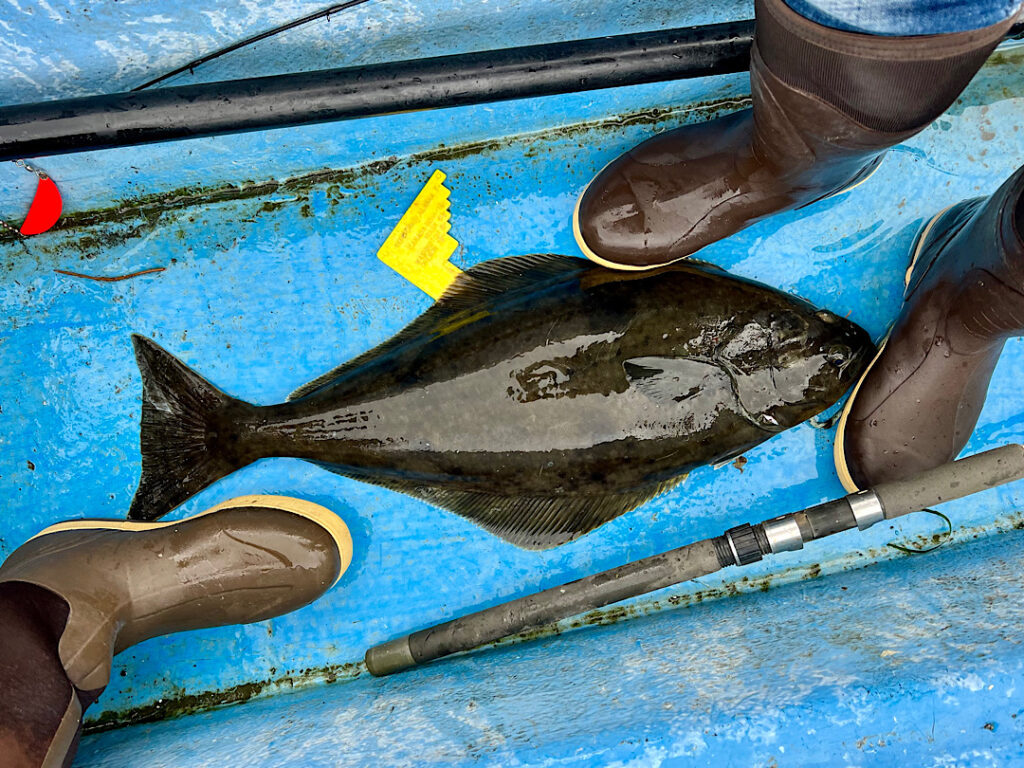
Staying safe
If you anchor in one of the many protected anchorages, be aware of the 5 meter tides which can quickly turn an idyllic and seemingly huge anchorage in to an expansive mud flat with little swinging room left.

It seems that every rose has its thorn though, as the outflow of mud can sometimes makes for the most colorful natural paintings in the water. While in Saint John Harbour at Zarembo Island, we discovered nature is an amazing artist:

When going ashore on a rocky coastline, use an “anchor buddy” (a length of rubber in your dinghy anchor line) to help keep the dinghy afloat and away from the rocks. Then, when you return, use an extra long shoreline to pull your dinghy back to you.
Another welcome speciality of this cruising area is its public docks. Sometimes in a small village, sometimes out in the middle of nowhere, sometimes connected to the shore, sometimes not. They are mostly well maintained and often free to use.
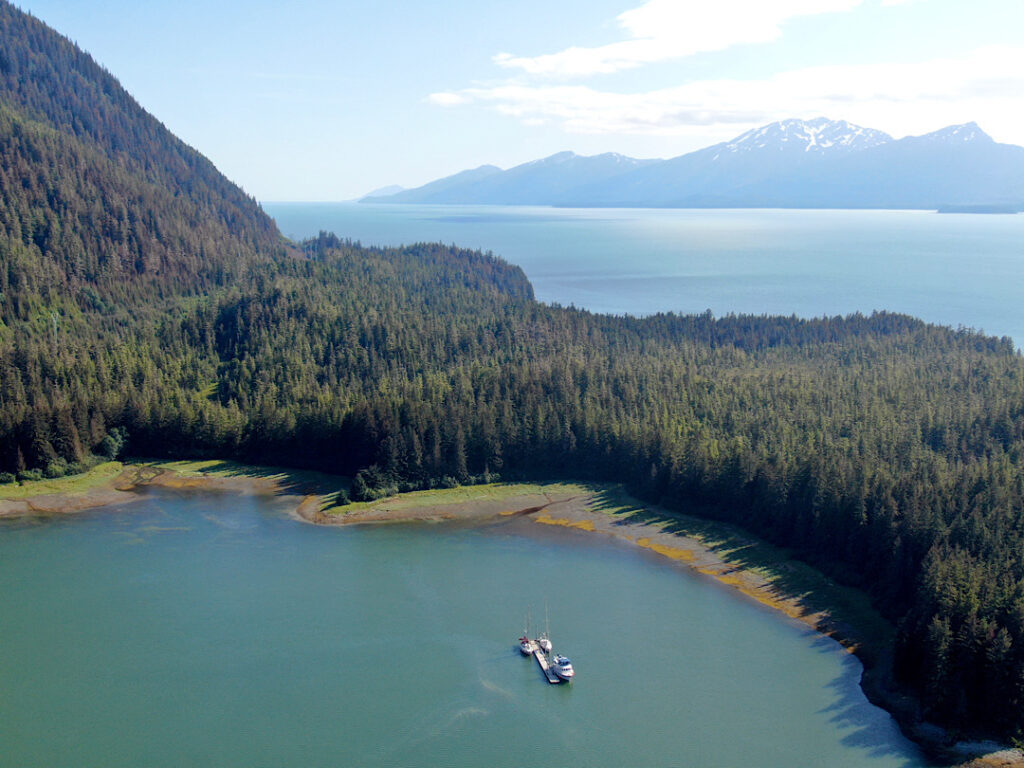
You will find the docks are all equipped with this region’s mooring specialty: the bull rail. Even in harbors, you will rarely come across cleats on a pontoon. Instead, you will be presented with a massive wooden rail to tie your lines to:

Where to go?
With its stunning nature and so many incredibly beautiful sights, it seems unfair to pick our favorite places. The following suggestions are some very personal highlights from our time there:
Ice, ice, baby!
You surely cannot visit Alaska without seeing the glaciers. Once inside the Glacier Bay National Park you can usually safely approach Lamplugh Glacier and Margerie Glacier in your own boat. Make sure to always keep a safe distance. In the following pictures, we were about half a mile away from them, and their faces reached about 70 meters (200 ft) above water level.
When visiting Glacier Bay, we suggest anchoring in Reid Inlet Anchorage for the night (safe from any drifting ice) and then visit the glaciers the next morning.
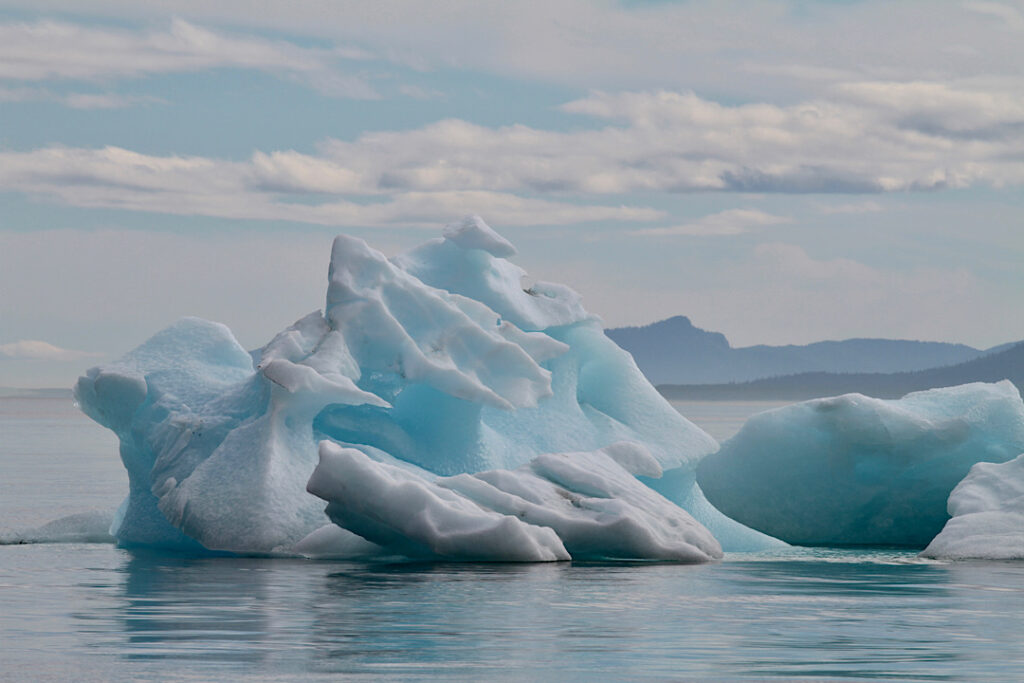

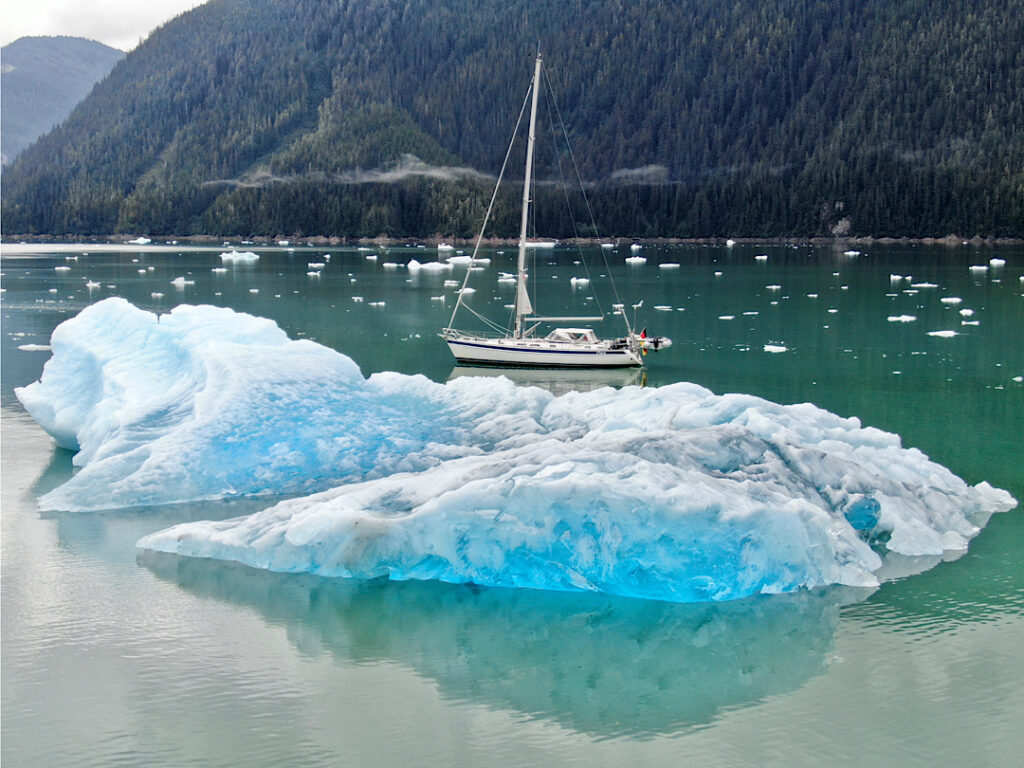
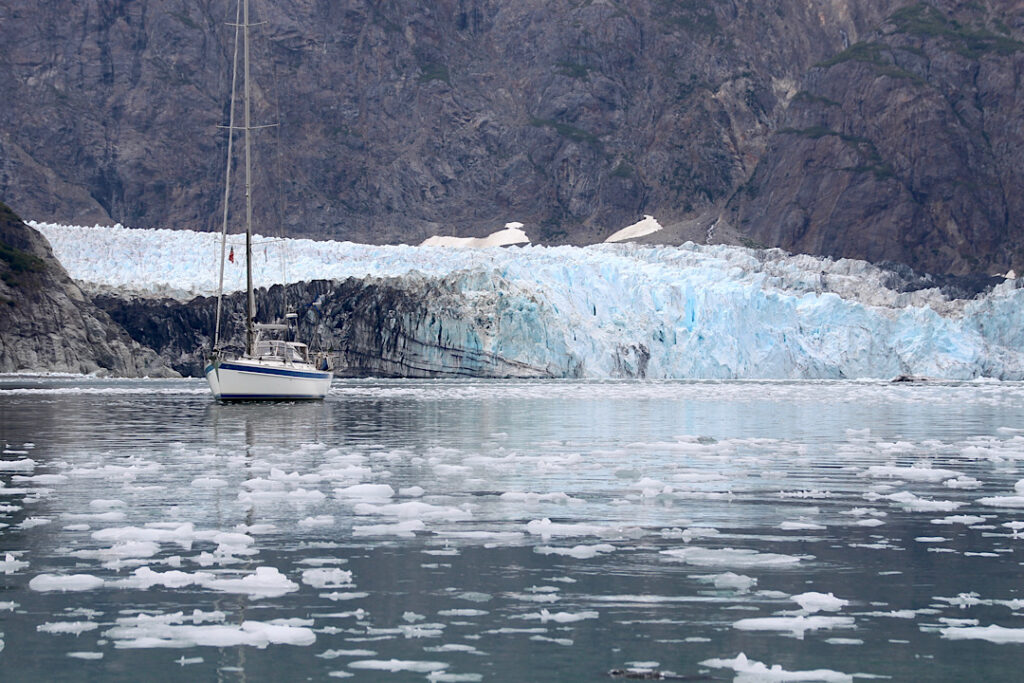
Aside from Glacier Bay, another good option for getting close to a glacier is in Tracy Arm Fjord. Anchor in No Name Cove and head into the fjord to see Sawyer Glacier. Be sure to sail in and out of the fjord with the tide to ensure that ice drifts in the same direction as you are heading.
A more difficult option, in our experience, is the LeConte Glacier with access from Ideal Cove anchorage on Mitkof Island. We tried to visit here but found it quite hard to reach the glacier due to the amount of ice in the fjord.
Incredible wildlife
Undoubtedly, wildlife is one of Alaska’s main attractions. During the summer months expect to see bald eagles and whales, especially humpbacks, on most days.

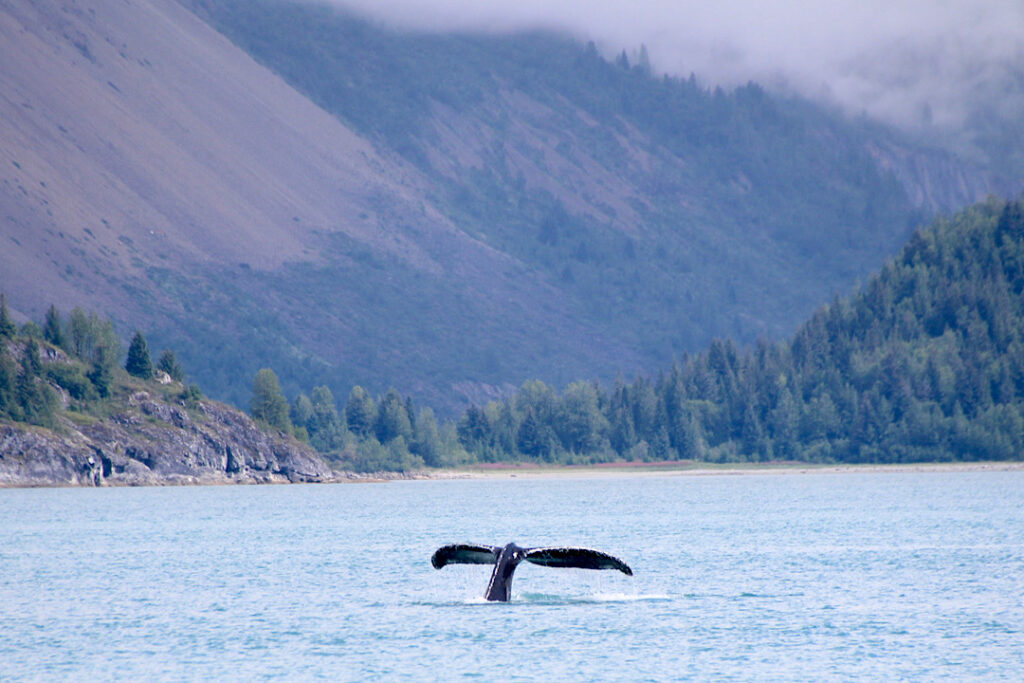
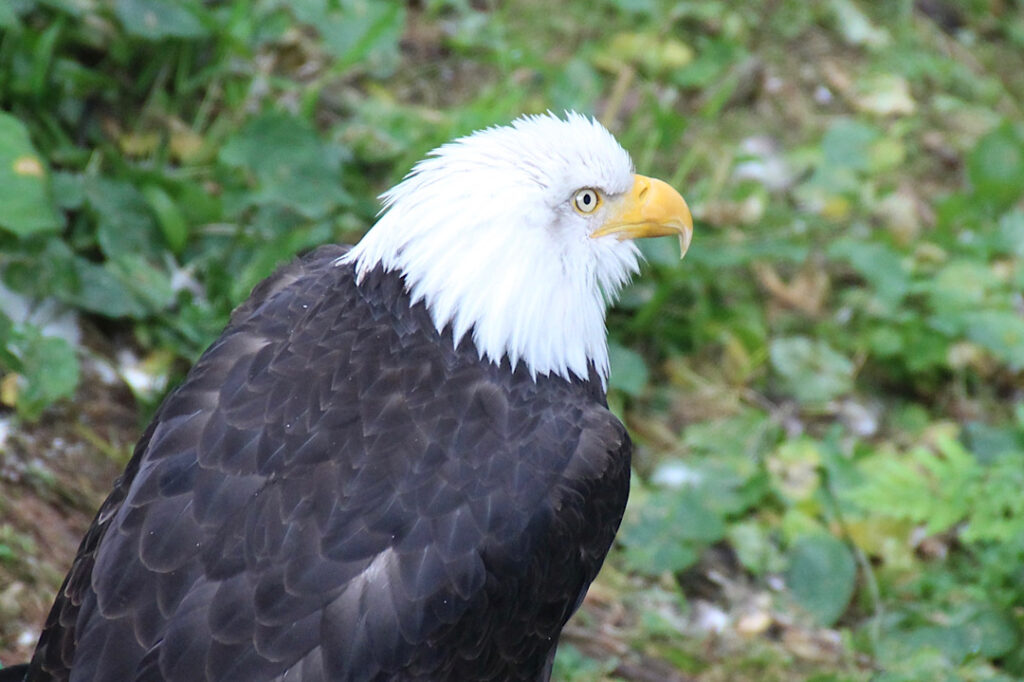

Bears, be it Grizzly or Black, can be a little harder to spot. Your best bet is on the banks of a river where there are salmon swimming, but you also have a good chance if you keep a lookout at low tide for bears turning over rocks in search of clams and other crusteans.
A particularly special place to see these animals in their natural habitat is at Pack Creek. Make an online reservation for the Ranger-assisted bear viewing area, then anchor in Windfall Harbor and head up there in your dinghy.
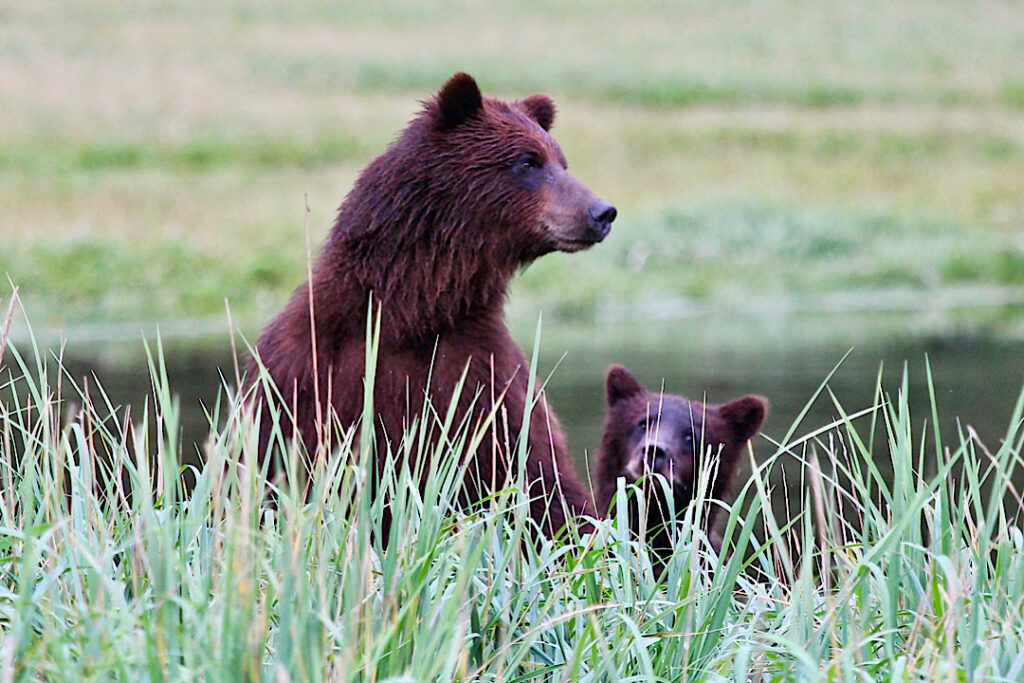

An alternative place to see bears in the wild is at Anan Wildlife Observatory Site in Tongas National Forest. Leave your boat in the anchorage a few miles south of Wragnell at Anan Creek. This is a safe option in fair wather only as holding is difficult on its steep sloping seabed.
Hot springs
Another thing not to miss in South East Alaska are the hot springs, and there are several of them. A very popular and easy to reach option is Warm Springs on Baranof Island, where a floating pontoon is provided. Here you will find three outdoor tubs that can be filled with naturally hot water. If you prefer a wilder experience, then hike up the hill where you will find a number of connected pools hidden in the forrest next to the rapids.

Like it more complicated? Then try White Sulphur Hot Springs on the outer coast of Chichagof Island. With the only suitable anchorage being over a mile away, and the dinghy having to be docked on a rocky shoreline, it might add some spice to your day out. If you head this way, be sure to look out for Sea Otters in the kelp while approaching.
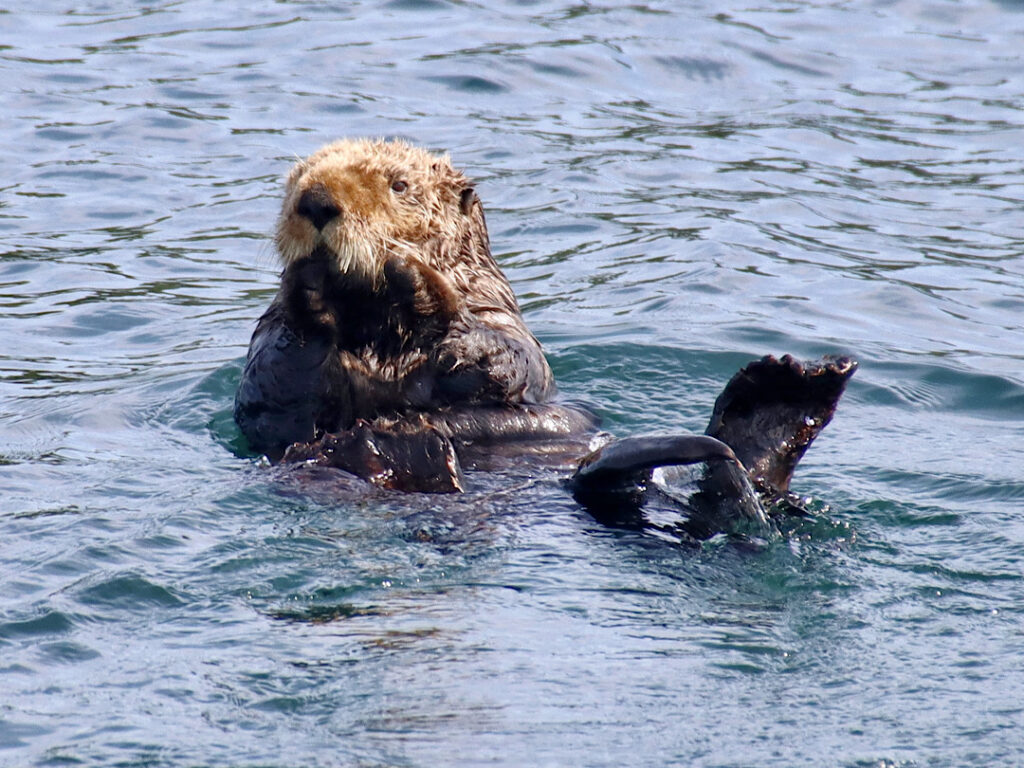
Remote village docks
If you want to experience small-town life, then try visiting Pelican. The main street is a board walk on stilts, and the only other significant attraction is a small fishing lodge that attracts a few guests each week. Apart from that, you will probably be the only visitor.
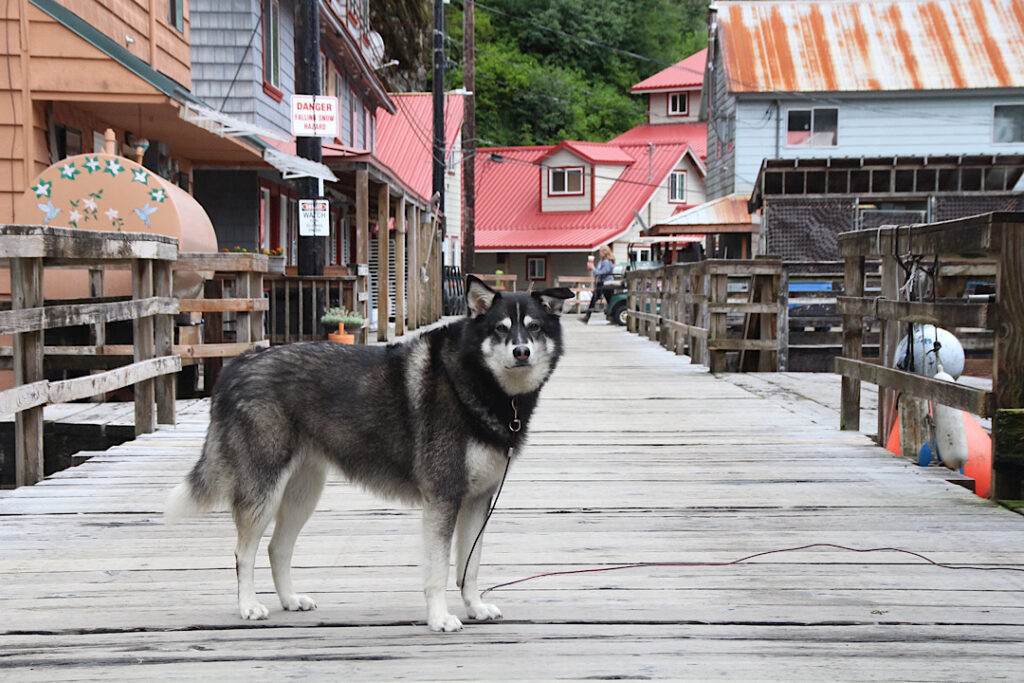
Anchorages
And the anchorages? Sorry, there are simply too many to choose from, and each one is prettier than the last. For inspiration, here are some photos we took:
